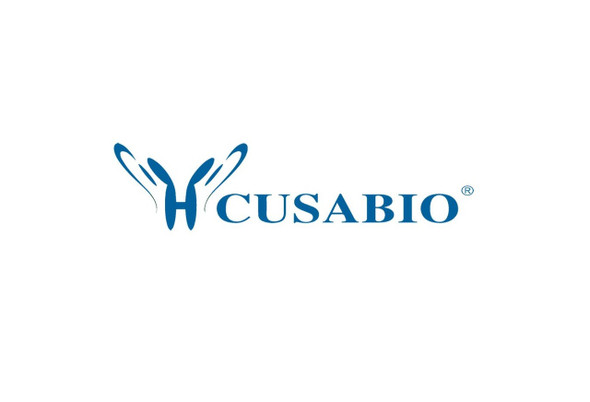Cusabio Mouse Recombinants
Recombinant Mouse LIM and senescent cell antigen-like-containing domain protein 1 (Lims1) | CSB-EP859129MO
- SKU:
- CSB-EP859129MO
- Availability:
- 13 - 23 Working Days
Description
Recombinant Mouse LIM and senescent cell antigen-like-containing domain protein 1 (Lims1) | CSB-EP859129MO | Cusabio
Alternative Name(s): Particularly interesting new Cys-His protein 1 (PINCH-1) (Pinch1)
Gene Names: Lims1
Research Areas: Cancer
Organism: Mus musculus (Mouse)
AA Sequence: ANALASATCERCKGGFAPAEKIVNSNGELYHEQCFVCAQCFQQFPEGLFYEFEGRKYCEHDFQMLFAPCCHQCGEFIIGRVIKAMNNSWHPECFRCDLCQEVLADIGFVKNAGRHLCRPCHNREKARGLGKYICQKCHAIIDEQPLIFKNDPYHPDHFNCANCGKELTADARELKGELYCLPCHDKMGVPICGACRRPIEGRVVNAMGKQWHVEHFVCAKCEKPFLGHRHYERKGLAYCETHYNQLFGDVCFHCNRVIEGDVVSALNKAWCVSCFACSTCNTKLTLKNKFVEFDMKPVCKKCYEKFPLELKKRLKKLSETLGRK
Source: E.coli
Tag Info: Tag-Free
Expression Region: 2-325aa
Sequence Info: Full Length of Mature Protein
MW: 37.1 kDa
Purity: Greater than 90% as determined by SDS-PAGE.
Relevance: Adapter protein in a cytoplasmic complex linking beta-integrins to the actin cytoskeleton, bridges the complex to cell surface receptor tyrosine kinases and growth factor receptors. Involved in the regulation of cell survival, cell proliferation and cell differentiation.
Reference: "Wnk1 kinase deficiency lowers blood pressure in mice: a gene-trap screen to identify potential targets for therapeutic intervention." Zambrowicz B.P., Abuin A., Ramirez-Solis R., Richter L.J., Piggott J., BeltrandelRio H., Buxton E.C., Edwards J., Finch R.A., Friddle C.J., Gupta A., Hansen G., Hu Y., Huang W., Jaing C., Key B.W. Jr., Kipp P., Kohlhauff B. Sands A.T. Proc. Natl. Acad. Sci. U.S.A. 100:14109-14114(2003)
Storage: The shelf life is related to many factors, storage state, buffer ingredients, storage temperature and the stability of the protein itself. Generally, the shelf life of liquid form is 6 months at -20?/-80?. The shelf life of lyophilized form is 12 months at -20?/-81?.
Notes: Repeated freezing and thawing is not recommended. Store working aliquots at 5? for up to one week.
Function: Adapter protein in a cytoplasmic complex linking beta-integrins to the actin cytoskeleton, bridges the complex to cell surface receptor tyrosine kinases and growth factor receptors. Involved in the regulation of cell survival, cell proliferation and cell differentiation.
Involvement in disease:
Subcellular Location: Cell junction, focal adhesion, Cell membrane, Peripheral membrane protein, Cytoplasmic side
Protein Families:
Tissue Specificity:
Paythway:
Form: Liquid or Lyophilized powder
Buffer: If the delivery form is liquid, the default storage buffer is Tris/PBS-based buffer, 5%-50% glycerol. If the delivery form is lyophilized powder, the buffer before lyophilization is Tris/PBS-based buffer, 6% Trehalose, pH 8.0.
Reconstitution: We recommend that this vial be briefly centrifuged prior to opening to bring the contents to the bottom. Please reconstitute protein in deionized sterile water to a concentration of 0.1-1.0 mg/mL.We recommend to add 5-50% of glycerol (final concentration) and aliquot for long-term storage at -20?/-80?. Our default final concentration of glycerol is 50%. Customers could use it as reference.
Uniprot ID: Q99JW4
HGNC Database Link: N/A
UniGene Database Link: UniGene
KEGG Database Link: KEGG
STRING Database Link: STRING
OMIM Database Link: N/A











